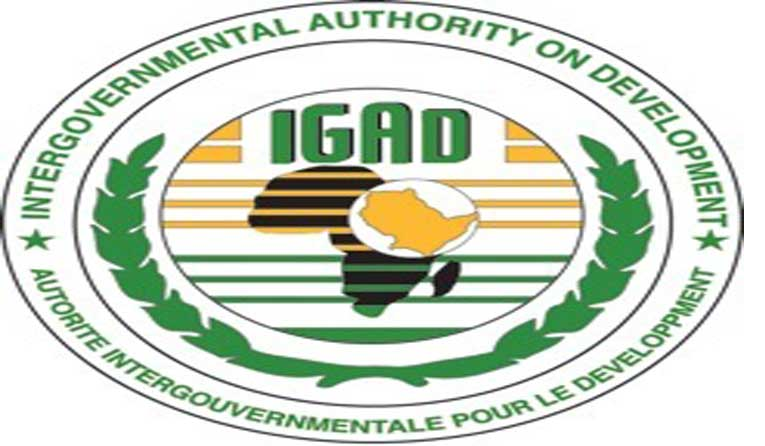Flood Risks to Continue Across East Africa: IGAD - ENA English
Flood Risks to Continue Across East Africa: IGAD

Addis Ababa October 31/2019 Flood risk is expected to continue in East Africa due to a tropical storm named KYAR that has been developing in the northern Indian Ocean.
East Africa’s rainfall is sensitive to the Indian Ocean sea surface temperature patterns, which is in its strongest positive state since 2006 and is bringing heavy rains to the region.
A risk of floods and flash floods across the region, according to a press release IGAD sent to ENA.
Although it is difficult to attribute the source of any flood or other weather impacts to a single cause, the heavy rains currently experienced in the region are likely associated with this positive Indian Ocean Dipole (IOD) state.
These heavy rains and flooding have already led to losses in property and livelihoods in parts of Ethiopia, Somalia, South Sudan, and Kenya.
Abubakr Salih Babiker, Climate Scientist at ICPAC quoted saying “According to our monthly and seasonal forecasts, higher than usual rains are expected to persist throughout November and December. We encourage all stakeholders to take the necessary measures to mitigate the potential impacts.”
Overall, the current forecast presents positive prospects for increased crop yields for major cereals in equatorial and southern agricultural areas of the region as well as improvement in pasture and water resources for livestock.
In the northern parts of the region where crops were in advanced stages of maturity, the increased rainfall poses the risk of interrupting crop maturation and harvesting.
The risk of flooding is high and wet conditions might increase the risk of crop fungal and bacterial disease outbreaks, and livestock diseases such as Rift Valley Fever in disease-prone regions.
If the wet conditions continue beyond November - December, the usual cessation dates, there may be challenges with harvesting and post- harvest crop management, which could lead to significant post-harvest losses in both grain quality and volume.